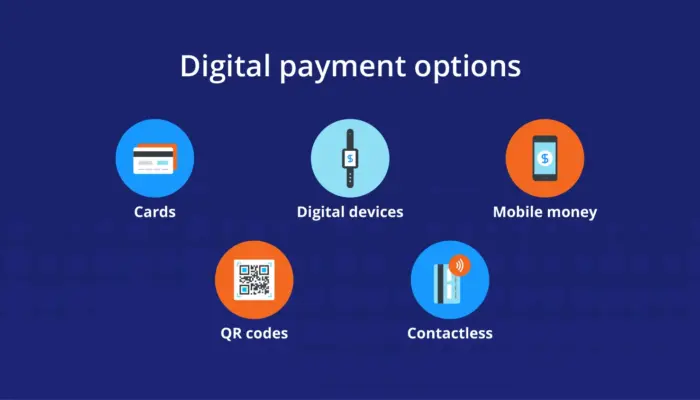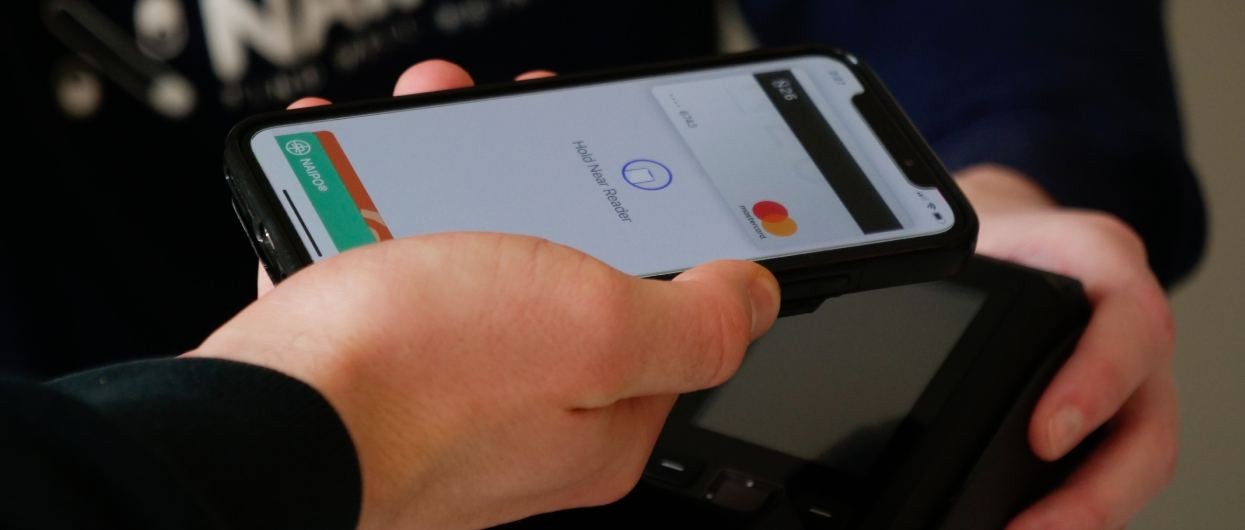In today’s fast-paced world, digital payments have become an essential part of daily life. A digital payment refers to the process of making payments electronically, without the need for physical money or traditional banking methods. From online shopping and mobile wallets to cryptocurrency transactions, digital payments are revolutionizing the way we conduct financial transactions. This article explores the importance, types, benefits, and security aspects of digital payments in the modern economy.
How Digital Payments Work
Digital payments allow users to transfer money or make purchases using electronic devices such as smartphones, computers, or smartwatches. Transactions occur through platforms like mobile wallets, payment gateways, or bank apps, often using credit or debit cards.

- Bank Transfers: Digital bank transfers allow users to send money directly from their bank account, either domestically or internationally, through mobile banking apps or websites.
- Mobile Wallets: Apps like PayPal, Apple Pay, and Google Pay store payment info securely, enabling users to make payments directly from their mobile devices without needing cash or physical cards.
- Payment Gateways: Online platforms such as Stripe and Square facilitate payments for businesses, enabling them to accept payments from customers worldwide.
Types of Digital Payments
Digital payments encompass various methods for transferring money or making purchases electronically. These include:
- Mobile Payments: Using mobile devices and apps like Apple Pay and Google Pay, or QR code payments, for seamless transactions.
- Online Payments: Made through e-commerce websites or services using credit/debit cards or digital wallets, with PayPal and Amazon Pay as common examples.

- Peer-to-Peer (P2P) Payments: Platforms like Venmo, Zelle, and Cash App allow individuals to send money directly to others via mobile apps or online services.
- Cryptocurrency Payments: With the rise of digital currencies such as Bitcoin and Ethereum, these transactions are made securely via blockchain networks, ensuring transparency.
- Bank Transfers: Traditional transfers, whether through wire transfers or online banking, also qualify as digital payments, allowing users to transfer funds or pay bills securely.
In conclusion, digital payments offer a variety of convenient and secure methods for both personal and business transactions, each enhancing how money is transferred in today’s digital world.
Benefits of Digital Payments

- Convenience and Speed: One of the most significant advantages of digital payments is convenience. You can make payments from anywhere, at any time, using your phone or computer. No need to visit the bank or wait in long lines.
- Global Reach: Digital payments allow for easy international transactions. With just a few clicks, you can send money across borders, pay for goods from other countries, or even invest in foreign markets.
- Reduced Transaction Costs: Digital payments often come with lower fees compared to traditional banking methods. For example, sending money via digital platforms like PayPal or mobile wallets can incur fewer charges than wire transfers or credit card payments.
- Security and Fraud Prevention: Digital payment methods utilize encryption and advanced security protocols to ensure safe transactions. Most platforms also offer features like two-factor authentication (2FA), fraud detection, and secure payment gateways to protect users from cyber threats.
- Record Keeping and Transparency: Digital payment systems automatically record every transaction, providing users with a clear and accurate financial history. This can help in budgeting, managing expenses, and tracking payments efficiently.
Challenges in Digital Payments

- Security Risks: While digital payments offer security, the rise of cybercrime means that security breaches, phishing attacks, and fraud are ongoing concerns. Protecting personal and financial information remains critical in the digital payment space.
- Digital Divide: Not everyone has access to the technology required for digital payments. Rural areas, low-income populations, and elderly individuals may still rely on traditional payment methods due to limited access to smartphones or internet connectivity.
- Regulatory Issues: Digital payment systems face varying levels of regulation across different countries. Governments and financial institutions are working on creating regulations to ensure the security and legality of digital payment systems, but uncertainty remains in some regions.
- Technical Glitches: Sometimes, digital payment platforms can experience downtime or technical errors, which may cause transactions to fail or create delays in payments.
The Future of Digital Payments
As technology continues to evolve, the digital payment landscape will undergo further transformations. Emerging trends such as contactless payments, biometric authentication, and blockchain technology are expected to improve the convenience, speed, and security of digital payments.

- Contactless Payments: With the advent of NFC (Near Field Communication) technology, users can make payments by simply tapping their card or phone against a payment terminal. This contactless method is becoming more common in retail settings and public transport.
- Blockchain and Cryptocurrency: As blockchain technology becomes more mainstream, we can expect an increase in the use of cryptocurrencies for everyday transactions. Cryptocurrencies offer benefits such as lower transaction costs, faster processing times, and the ability to bypass intermediaries.
- Artificial Intelligence (AI) in Payments: AI and machine learning are being integrated into payment systems for improved fraud detection, personalized user experiences, and automation of financial transactions.
Digital payments have transformed the way we handle money, offering convenience, security, and efficiency. As technology continues to evolve, digital payments will play an even more significant role in the global economy. While there are challenges such as security risks and regulatory issues, the future of digital payments is promising, with emerging technologies enhancing the user experience. From mobile wallets to cryptocurrency, the future of finance is undoubtedly digital.














